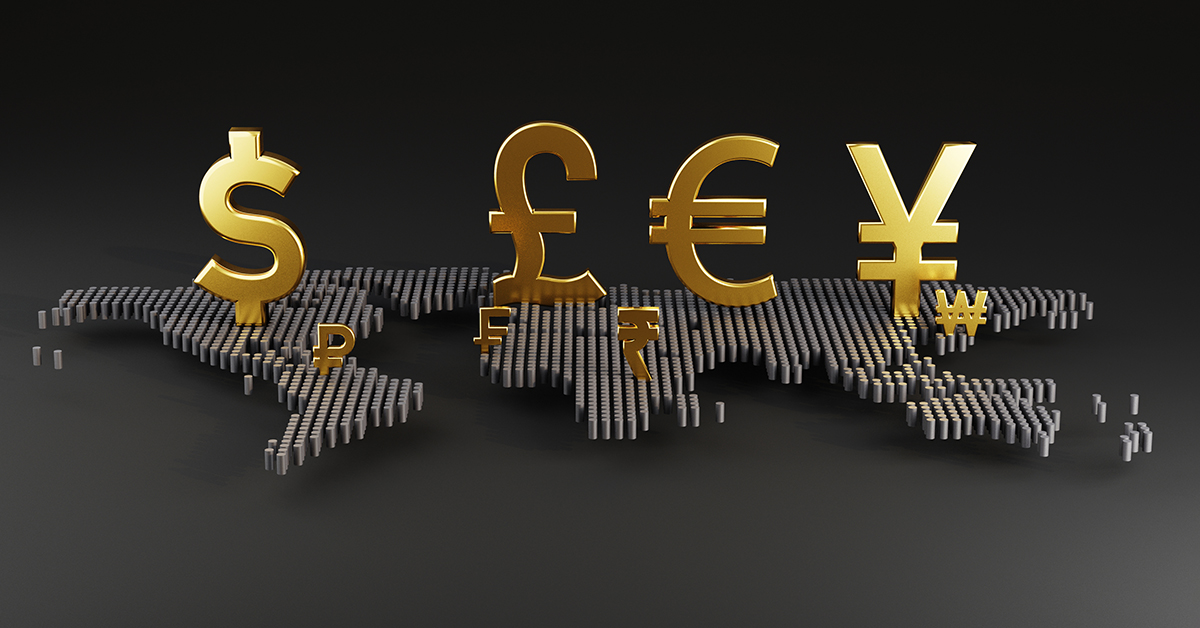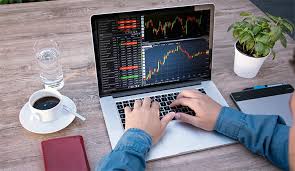
The Future of Forex: How Trading Robots are Revolutionizing the Market
As the financial world becomes increasingly digital, forex trading robot Trading Platform PK stands out by offering robust solutions that cater to both novice and experienced traders alike. One of the most transformative advancements in this space is the rise of forex trading robots. These automated systems have changed how traders approach the market, allowing them to execute complex strategies with pinpoint accuracy and within fractions of a second. This article explores the benefits, drawbacks, and future of forex trading robots.
What is a Forex Trading Robot?
A forex trading robot, often referred to as an Expert Advisor (EA), is a software program that trades on behalf of a user. These programs operate based on algorithms and predefined criteria, executing trades automatically without needing human intervention. Utilizing advanced mathematical models and vast amounts of market data, trading robots can analyze trends, identify opportunities, and make decisions in real-time, which is invaluable in the fast-paced forex market.
How Forex Trading Robots Work
Forex trading robots work primarily through a set of coded instructions that dictate how and when to place trades. Traders can customize these robots according to their trading strategies, including risk management rules, stop-loss levels, and target profits. Robots use technical indicators such as moving averages, relative strength index (RSI), and Bollinger Bands, among others, to guide trading decisions.
Once installed on a trading platform, the robot continuously analyzes market conditions, evaluates indicators, and monitors price movements. When specific conditions are met—such as a crossover of moving averages or a certain level of RSI—the robot executes buy or sell orders automatically, often faster than any human could.
Benefits of Using Forex Trading Robots
1. Speed and Efficiency
The forex market operates 24 hours a day, making it essential for traders to react quickly to market changes. Trading robots can analyze market conditions and execute trades in milliseconds, ensuring that traders can capitalize on profitable opportunities as they arise.
2. Emotionless Trading
One of the biggest challenges in trading is managing emotions. Fear and greed can lead to poor decision-making. Trading robots operate based on algorithms, eliminating emotional biases and ensuring that trades are executed consistently according to the strategy set by the trader.
3. Backtesting Capabilities
Traders can optimize their strategies through backtesting, using historical data to assess how their trading robots would have performed in past market conditions. This allows for fine-tuning strategies before implementing them in live trading scenarios.
4. Diversification
Forex trading robots can manage multiple accounts and trade various currency pairs simultaneously, enabling traders to diversify their portfolios without needing to monitor numerous positions manually.
Drawbacks of Forex Trading Robots
1. Market Risks
While trading robots can analyze vast amounts of data quickly, they are not foolproof. Currency markets can be influenced by unpredictable factors such as geopolitical events, economic data releases, and market sentiment, which can lead to significant risks that may not be accounted for in the robot’s programming.

2. Over-Optimization
Traders may fall into the trap of over-optimizing their strategies based on past performance, leading to a phenomenon known as curve fitting. This can result in a strategy that performs spectacularly in backtesting but fails in live trading due to its lack of adaptability to changing market conditions.
3. Dependence on Technology
Reliance on automated systems can lead some traders to neglect the importance of understanding market mechanics. A solid knowledge base is crucial for making informed decisions, especially in managing risk and understanding when to intervene manually.
Choosing the Right Forex Trading Robot
With a plethora of forex trading robots available on the market, selecting the right one can be overwhelming. Here are a few factors to consider:
1. Performance Track Record
Investigate the historical performance of the trading robot. Look for verified trading results over extensive periods to gauge consistency and reliability.
2. User Reviews and Community Feedback
Research user reviews and feedback within trader communities. Experiences shared by other users can provide insight into the robot’s effectiveness and any potential issues.
3. Customizability
Ensure that the robot allows for customization according to your trading strategy and risk tolerance, enabling you to fine-tune the settings according to your preferences.
4. Reliability and Support
Choose a robot backed by a reputable company that offers robust customer support. In case of issues, having access to assistance can be crucial to mitigate any potential losses.
The Future of Forex Trading Robots
The future of forex trading robots looks promising, particularly with the advent of artificial intelligence (AI) and machine learning technologies. These advancements will enable trading robots to analyze data more efficiently and learn from market behaviors, potentially leading to more sophisticated and effective trading strategies.
Moreover, with the ongoing rise in automated trading and algorithmic strategies, professionals and retail traders alike are likely to rely more on these tools. As the market evolves, traders must strike a balance between leveraging technology and maintaining a comprehensive understanding of forex trading principles.
Conclusion
Forex trading robots have undeniably transformed the landscape of currency trading. They offer numerous advantages, including speed, efficiency, and a disciplined approach to trading. However, traders must acknowledge the potential drawbacks and remain informed about market dynamics. As technology continues to advance, the role of trading robots will only expand, making it essential for traders to adapt and evolve alongside these changes.